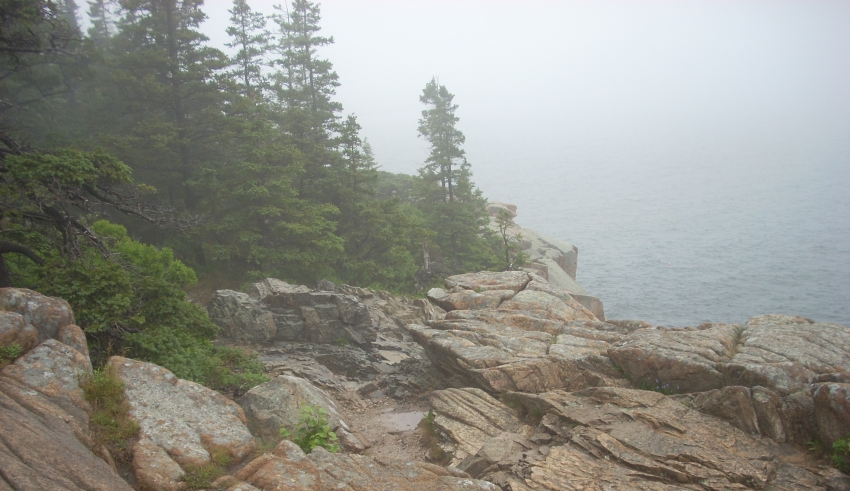
We need sanctuaries in our lives, both because they can be re-creating and because they are often sources of new learning or the remembrance and enforcement of old learning that has been forgotten or ignored (Bergquist, 2017). We see the role of sanctuary being played out in many of the Generativity Three acts that we will identify in this chapter. Sanctuaries are temporary systems. They are about the sacred and about that which we wish most to safeguard. Sanctuary is a place of deep caring.
Paying It Forward
The fourth motive is one that will be emphasized throughout this chapter. It is a motive that bridges the past and future. We preserve in order to pass forward a heritage, a story or a plot of land. The phrase “paying it forward” is now in vogue, in part because of the movie with the same title. It is a phrase that is directly aligned with this motive. For many years (since 1964), one of the best-known examples of paying it forward is SCORE, the service organization that provides free mentorship, consultation, workshops, and publications to small business entrepreneurs. As a resource partner with the United States Small Business Administration, SCORE tends to attract volunteers with extensive experience in running or consulting with businesses.
Retired SCORE mentors have served more than 8.5 million clients. What has motivated more than 11,000 volunteers to assist SCORE clients? There is considerable evidence from SCORE volunteers that paying forward can play a central role as a principal motivation. SCORE volunteers have often been successful in their own career and have frequently been guided, inspired, and assisted by other people along the way; they now want to show their gratitude in a tangible manner by providing the same kind of support to others who are just starting their own career or business.
We find a similar incentive operating among people we interviewed for the Sage Leadership Project. Sages often note that they are serving others and wish to preserve their heritage, community or environment—in large part because of the generative work done by those who came before them and “paved the way” (via Generativity Two), or by simply demonstrating what it means to be a guardian of heritage, community, or environment. Gratitude, in other words, is expressed by many of our Sage leaders not with a “thank you letter” but with action that exemplifies and builds on work done earlier. We not only want to “outlive ourselves” through Generativity Three; we also wish to help a previous generation outlive themselves by sustaining their actions, outcomes, and legacy.
Download Article 1K Club


















